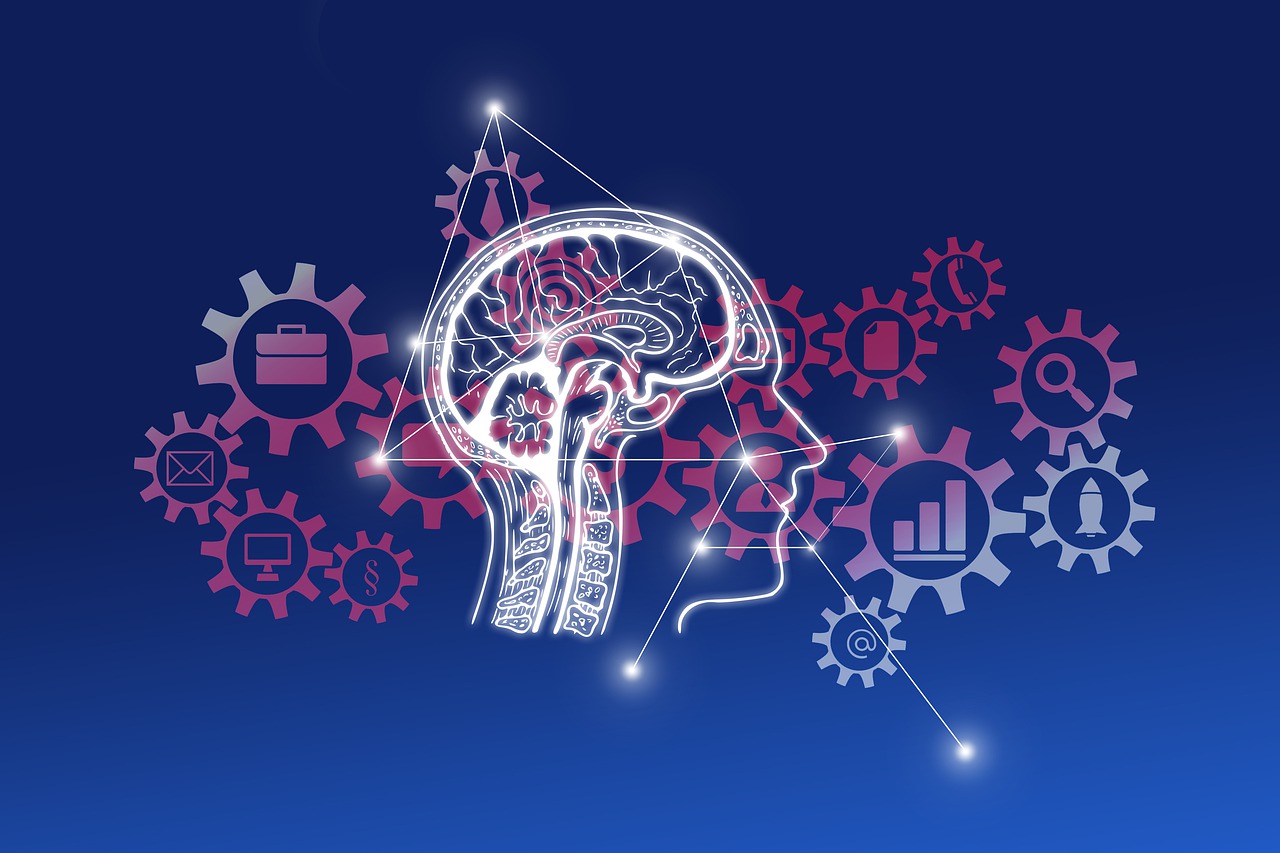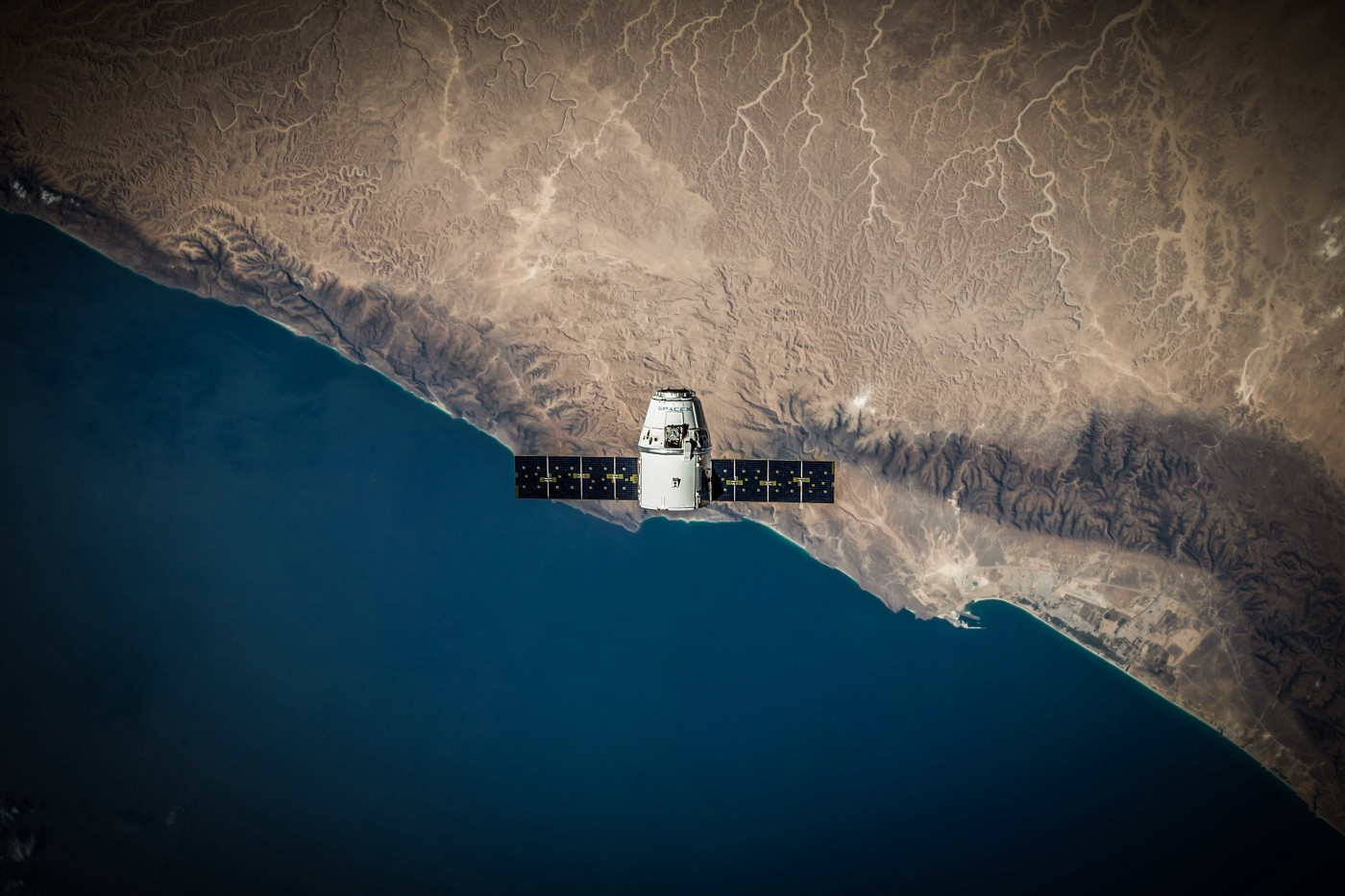Innovation
How Artificial Intelligence Can Be Used to Fight Hate Speech Online


Hate speech is generally characterized as the promotion of violence against a person or group because of gender, race, or religion. Hate speech fanatics typically harbor a false sense of self-righteousness and toxic superiority complex.
Supporters of the ideology (whatever their prejudice may be) flood social media platforms, online forums, and discussion groups with unsettling messages, pieces of media, and more. Subtle prejudice can be seen through frequent and massive trolling, manufacturing of conspiracy theories, and meme-related media.
Hate speech on the internet can have extreme consequences. Words hurt, and unsettling threats issued over the internet generally have large impacts on victims. Whether it be an anti-Semitic “meme,” or a profile picture depicting a burning pride flag, hate speech has a large prominence on the world wide web.
Technology giants such as Facebook, Twitter, and Google have started initiatives to fight hate speech on their platforms, using automated and manual verbal filters. However, due to the enormous number of users the platforms have, the task of incorporating a fully-fledged autonomous ML-platform with self-supervisory learning capabilities and filtering can be extremely daunting.
Some corporations are still relying on pseudo Machine learning deployments to detect and analyze verbal wording of billions of users’ post texts, images, and videos posted on their websites. On the other hand, hate speech fanatics have found ways to circumvent and bypass these verbal filtering manipulations by adding non-word characters on sentimental keywords that are subject to anti-hate tracking.
There is no doubt Artificial Intelligence has the potential to take down hate speech online but building a sophisticated system with instantaneous capabilities to analyze billions of characters on the platform requires considerations factors such as:
Structural policy adoption and willpower
While it isn’t directly related to the hardcore workload, willpower specifies an unwavering willingness and sense of responsibility for platform owners to invest and implement technology-driven strategies that curtail hate speech on their sites. Many Big Tech officials are not doing enough to eliminate hate speech online. In particular, Facebook continues to be criticized for showing limited willingness to deal with racist and hateful content on its platform. The first step to solving the problem is recognizing it, and Big Tech executives need to be willing to acknowledge the issue.
Building sufficient Datasets to facilitate ML/AI Data Analysis and implement auto- filtering operations
Designed algorithms must be able to:
- Implement sentimental analysis at an accuracy rate of 90%.
- Perform dimensional keyword tracking based on a constructed dataset.
- Intelligently carry out necessary filters with limited or minimal bias rate.
The successful deployment and implementation of Artificial Intelligence to fight online hate relies on one big secret. Building a massive data-harvest engine enables you to create large datasets with an enormous library of billions of keywords. It’s used to run automatic analysis, and define verbal wordings and phrases perceived to contain hateful tones or connotations.
AI relies on the availability of enough data to make meaningful decisions. Without data, it is impractical.
The best way to solve the date problem is by building an automatic data-harvest engine, possibly using deep learning algorithms. It would be impossible for humans to use manual data collection methods to develop large datasets that feed systems like Facebook’s or Google’s anti-hate speech computation engine.
Unfortunately, hate speech fanatics are generally evasive through their techniques of bypassing the set filters using string-character integration. An ML algorithm must be smart enough to keep building its own datasets in the database and run continuous tracking of suspicious words, based on specific manually generated rules by Admins or based on standards auto-defined by the system itself using certain detected behaviors of the users on the platform.
Multi-lingual verbal wording analysis and filtering could also pose a severe challenge. Although companies like Facebook, Twitter, or Google have multi-lingual integration implemented with their applications, not all world languages are incorporated. This means that hate speech enthusiasts generally take advantage of undefined languages. However, successful sophistication of Natural Language Processing (NLP) integration into the system can give any engine the ability to translate and analyze any text.
Ensuring Performance acceleration (from a hardware, software, and network standpoint)
Artificial Intelligence operations are crazily resource-hogging in terms of memory, computation (processing), and data transfer (bandwidth). This is why many enterprises are still struggling to integrate these technologies into their mainstream technology infrastructure. Leveraging permeance acceleration technologies on the hardware level and robust compression on the network data transfer level can alleviate some of the worries.
However, given the amount of progress that we have made in the past few years, Artificial Intelligence will likely be advanced enough to keep the platforms clean.
Innovation
An Overview of Amazon’s Latest Astro Robot


Earlier in October, Amazon announced their long-awaited Astro Robot that can be used for various purposes in homes. This robot can autonomously drive around your room thanks to its precise cameras and obstacle detection sensors. It is practically a home assistant that can help with a couple of simple tasks such as recognizing people and alerting you if someone new is in the house, handling video calls, and even alerting you when someone calls or if you have a reminder.
During the announcement of this robot, Dave Limp, head of Amazon’s devices and services, said they want their customers to use this robot for multiple tasks more than being an Alexa on wheels.
We have seen several versions of this concept, including Tesla’s humanoid robot that they released about two months ago. However, is Amazon’s Astro Robot really different from all the versions made by other companies? Let’s take a look at some of its key features.
Features of the Amazon Astro Robot:
- Intelligent motion: This robot has built-in sensors that enable it to drive around your home without colliding with objects. So, you can always have it wherever you need it within the house.
- Remote operation: The Astro Robot is connected to the internet, so you can control it while you are away from home. This handy security feature enables you to monitor your entire house while you are away.
- Built-in Alexa: It comes with all the Alexa capabilities. So, you can use it to set reminders, manage shopping lists, receive activity alerts, and many more.
- 10.1″ HD touchscreen display (1280×800): This can be used to make entries and consume content, such as watching TV shows, showing your music playing lists, shopping lists, and many more.
- 2 Cameras: It has a 5MP bezel camera and 1080P ultrawide periscope camera with a 1320 field of view. This camera can rise on a built-in arm up to 42″ from the ground for more effective home monitoring. The cameras also have built-in face recognition capabilities that can help users identify news faces in the house.
- It uses rechargeable Lithium batteries: These batteries support fast charging (full charge in 45 minutes) when using the charger included in the box.
- Connectivity: It supports WiFi and Bluetooth to communicate with other local devices and connect to the internet.
- Processors: This robot comes with a couple of processing chips, including a2x Qualcomm QCS605, 1x Qualcomm SDA660, and 1x processor with Amazon AZ1 Neural Edge.
Amazon’s Astro Robot will be available for purchase for $999 in up to 50 states in the US. However, getting this robot involves a few extra steps. You will have to request an invitation to buy it and answer a couple of questions in their survey form. Amazon will then send you feedback informing you whether your invite was accepted.
Innovation
Varda Space Startup Plans to Develop Factories in Orbit


Varda Space Industries has now raised $53 million in funding. This new startup in the space industry was founded by Will Bruey and Delian Asparouhov, a pair who have worked at SpaceX and Founders Fund for over a decade.
Like SpaceX, Varda’s mission is ambitious; they want to be the first company to build factories in space. In an interview with CNBC, Will Bruey, the CEO of Varda, stated: “The Varda mission is to build the first space factory – essentially the first industrial park on orbit.” Varda is aiming at having its first mission in the first quarter of 2023.
They raised over $42 million in a round of funding that involved investors like Khosla Ventures, Caffeinated Capital, Lux Capital, General Catalyst, and Founders Fund. Before this round, they had initially raised $11 million in seed capital, which brings their total capital to over $53 million within less than a year after founding the company.
Varda has so far assembled a team of 16 people, most of them coming from SpaceX and several other companies in the space industry. They aim to build a team of at least 40 people before the first launch.
So, what exactly will Varda be manufacturing in space? According to their CEO Bruey, Varda will look to tap markets for products such as semiconductors, fiber optic cables, or pharmaceuticals – “extremely large” marketplaces here on the ground, Asparouhov said. He also noted: “Varda can exist because we don’t have to build the entire” technology system “ourselves,”
They may not be the first company to take goods to and from space stations, but they want to become the first to manufacture products right from space.
Asparouhov, the co-founder of Varda, noted that they would judge themselves based on their frequency of reentry because their goal is to bring value back on earth.
Varda is currently working on a three-piece spacecraft to kick off their journey. It consists of a commercially available spacecraft platform, the manufacturing module, and a heat shield-protected capsule to reenter the atmosphere and land under parachutes. Their first goal is to bring back products of at least 100 kg of material on earth.
Regarding regulation, Varda is still in the preliminary design review level and in the final stages of being authorized by the regulators and other stakeholders. Many are wondering if Varda will beat the deadline for their first mission scheduled for Q1 2023.
Innovation
How Dubai Is Artificially Creating Rainstorms


The United Arab Emirates (UAE) is one of the hottest regions globally, with an average annual temperature of about 95 Fahrenheit. Unlike some parts of the UAE, temperatures in Dubai regularly surpass the 115 Fahrenheit mark.
Dubai currently receives only 4 inches of rain throughout the year, way below the world average (39 inches). Because of the lackluster rain and hot temperatures, Dubai imports over 80% of its food since no meaningful agriculture can be done.
But, the UAE government has now invested over $15 million into using artificial methods to induce rainstorms in Dubai to deal with the hot temperatures.
In the last few weeks, there was a breakthrough in their efforts when meteorological officials released a video of rain over Ras al Khaimah and several other regions in the UAE. Scientists made this possible by using electrical charges from drones that manipulate the cloud and force them to release raindrops.
This feat brings hope to many other regions worldwide that are facing the challenge of water scarcity and extremely high temperatures. One of the significant caveats in this research was that some tiny raindrops would evaporate due to hot temperatures even before they reached the ground. To overcome this, scientists had to ensure the electricity the drones hit the clouds with is enough to create larger raindrops.
In his words, the Ambassador of the United Arab Emirates to the U.K. said:
“It’s moving to think that the rainfall technology I saw today, which is still being developed, may someday support countries in water-scarce environments like the UAE.”
Even though cloud seeding technology is fascinating, there are still concerns about its short and long-term side effects. Some of the unfortunate incidents that happened in the past due to such technology include one when Russia mistakenly dropped a non-powderized block of cement on some homes.
Heavy flooding is another catastrophic side effect that scientists have identified that we could face due to this kind of technology.
Eight western states are already using the technology of inducing rain from the clouds in the USA, following Dubai’s footsteps. However, the challenge with this cloud seeding over the years has been determining its effectiveness in the short- and long term. This technology is in its infant stages and still has the potential if it turns out to be cost-effective and viable.
-



 World4 years ago
World4 years agoArtificial Intelligence in the Modern World
-



 Spzrts4 years ago
Spzrts4 years agoWhat’s the Hype Around FlightReacts?
-



 Genfluencer4 years ago
Genfluencer4 years agoHow StevoLuddy Uses TikTok to Further Pursue His Passion
-



 Genfluencer4 years ago
Genfluencer4 years agoHow Rowan Winch Makes Thousands From His Phone
-



 Digital Culture4 years ago
Digital Culture4 years agoThe Effects of Social Media on the iGen (Generation Z)
-



 Digital Culture4 years ago
Digital Culture4 years agoHow to Navigate TikTok with Adam Meskouri
-



 Business3 years ago
Business3 years ago5 Tips for Starting a Limited Liability Company
-



 Digital Culture3 years ago
Digital Culture3 years agoWhy YouTuber Niko Omilana Is Running For Mayor




















